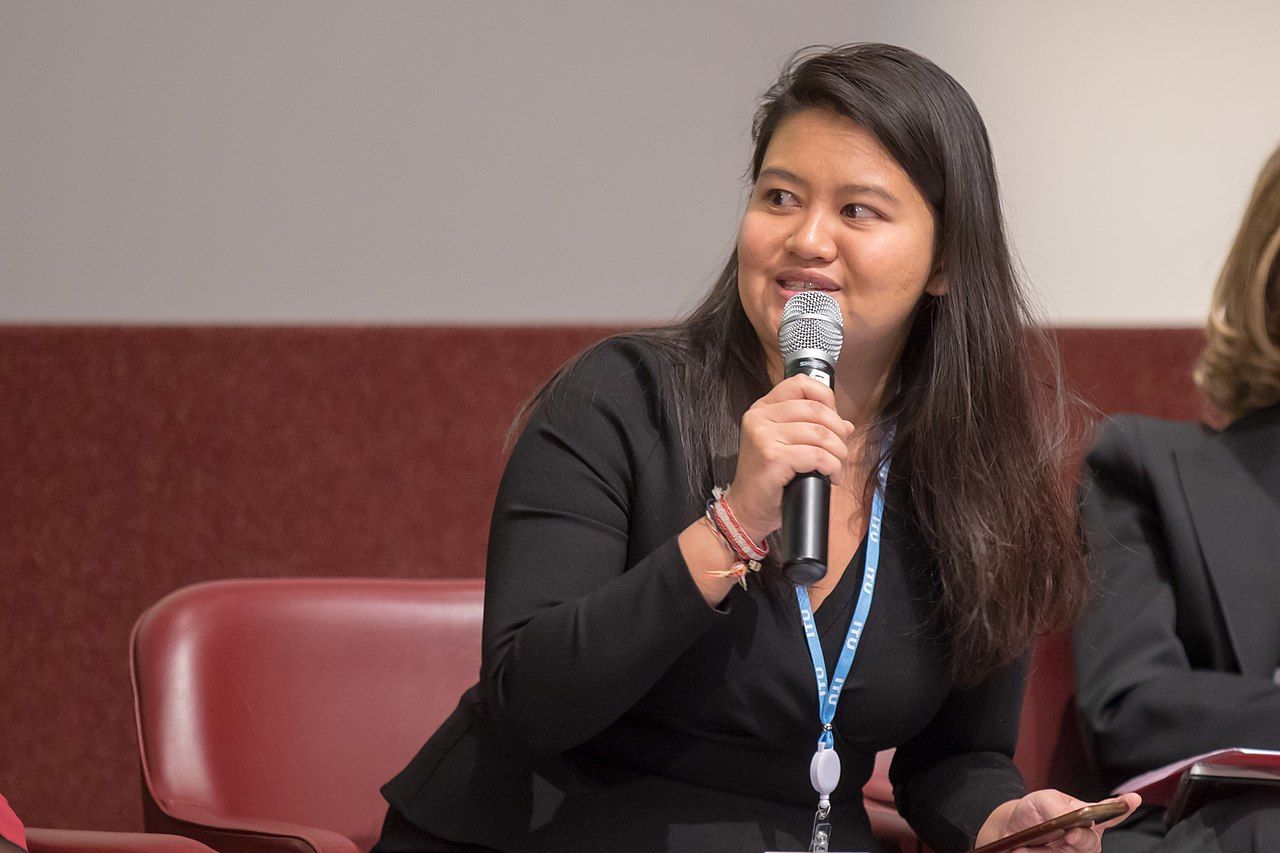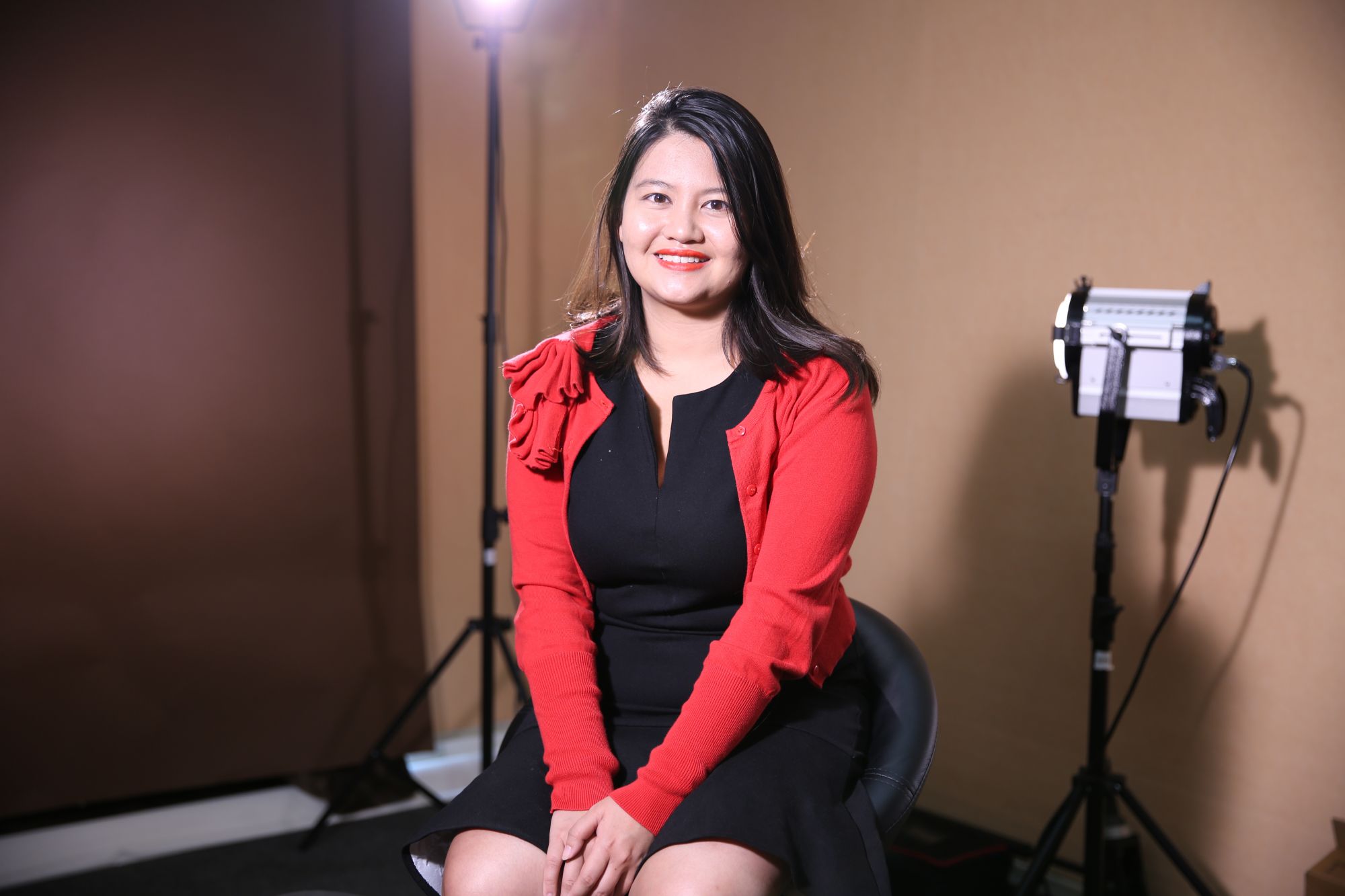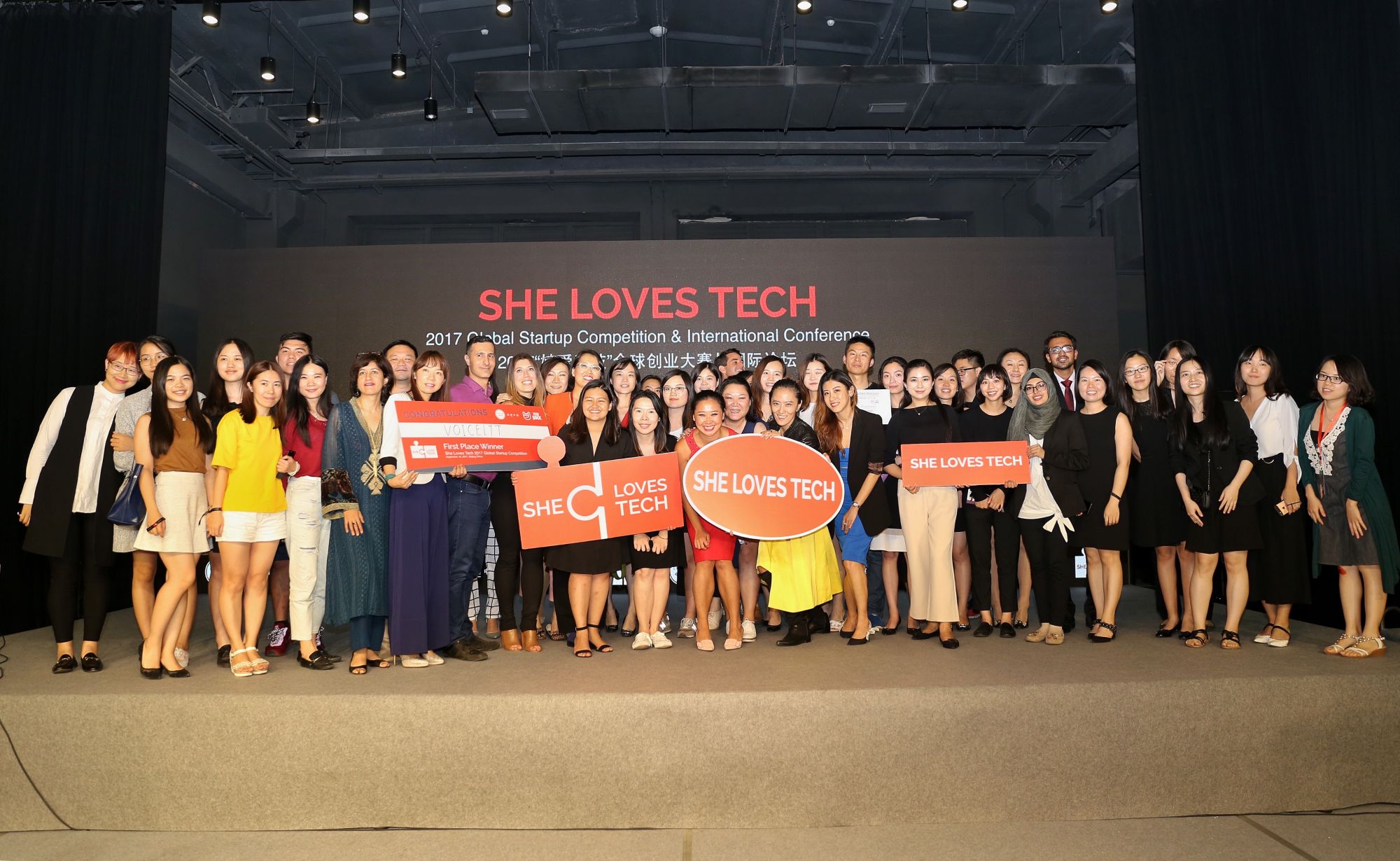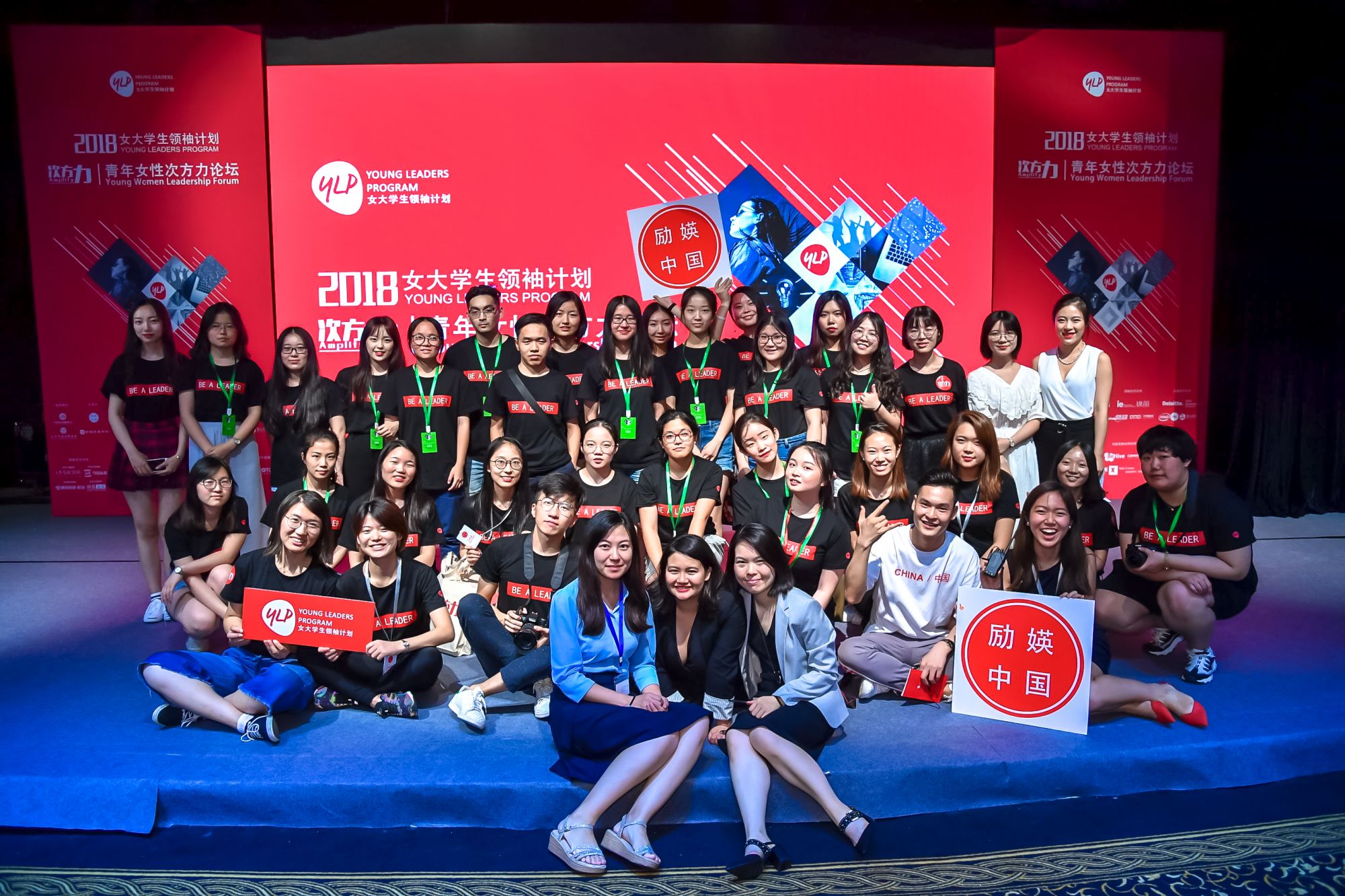Five years ago Virginia Tan didn’t know how to use an iPhone. Today she is founder of three organisations focused on empowering women in the workplace—particularly in technology
Women everywhere have been encouraged to “lean in” to their careers, to leadership, to their ambitions. First it was at the behest of Facebook’s COO, Sheryl Sandberg. Now, in China, Virginia Tan is leading the nation’s very own Lean In China movement, which runs as a non-profit women’s platform and currently has around 100,000 members spanning 25 cities.
Lean In China began in 2013, when a group of ten women met in a Beijing bar to discuss their professional challenges in the hope of learning from one another.
“We started to hold public events and that’s when things really took off,” says Tan, who is a co-founder and Lean In China President. “Hundreds of women would show up, and we realised that Chinese women faced very similar challenges: lack of confidence, the lack of social network and the lack of role models who were approachable. Therefore, we decided to build what is in essence a social network.”
The community spread from Beijing to Shanghai, Guangzhou and Shenzhen in the first year, expanding to smaller cities across the country the following year. Today, Lean In China also has chapters in more than 100 universities.




